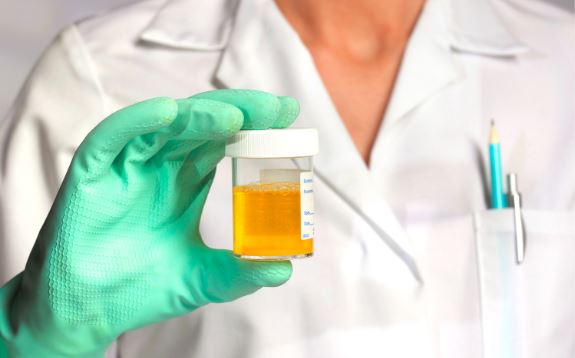
Urine color is considered as a parameter for good health and different shades of urine color are used to diagnose diseases.
But the answer to why urine is yellow has been unraveled recently by a team of researchers at the University of Maryland and the National Institutes of Health.
Urea gives urine its characteristic odor
Urine is a liquid waste product excreted by the kidneys as a result of the filtration of blood. Comprising water, electrolytes, and metabolic waste products, urine serves as a crucial mechanism for maintaining the body’s internal balance and eliminating excess substances. The primary component of urine is water, which facilitates the removal of waste materials, including urea, creatinine, ammonia, and various salts. Urea, a byproduct of protein metabolism, gives urine its characteristic ammonia-like odor. The kidneys play a pivotal role in regulating the concentration and composition of urine, ensuring the elimination of toxins while retaining essential nutrients and maintaining proper fluid balance. The color, odor, and composition of urine can serve as indicators of an individual’s hydration status, dietary habits, and overall health. Regular urine production and excretion are integral to the body’s detoxification and homeostatic processes, contributing to the maintenance of optimal physiological functions.
Bilirubin reductase
Scientists have found that the microbial enzyme, bilirubin reductase is responsible for giving urine its yellow hue. The details of the study have been published in the journal Nature Microbiology. Bilirubin reductase is an enzyme involved in the metabolism of bilirubin, a yellow pigment derived from the breakdown of heme in red blood cells. Bilirubin reductase catalyzes the reduction of biliverdin, a green pigment, to bilirubin, which is yellow. This enzymatic conversion is a crucial step in the process of heme catabolism, occurring in the liver and other tissues. Bilirubin, once formed, is further processed in the liver and eliminated from the body through bile. Disruptions in bilirubin metabolism can lead to jaundice and other health conditions associated with an imbalance in bilirubin levels.
How does this work?
When red blood cells degrade after their six-month lifespan, a bright orange pigment called bilirubin is produced as a byproduct. Bilirubin is typically secreted into the gut, where it is destined for excretion but can also be partially reabsorbed. Excess reabsorption can lead to a buildup of bilirubin in the blood and can cause jaundice—a condition that leads to the yellowing of the skin and eyes. Once in the gut, the resident flora can convert bilirubin into other molecules. Gut microbes encode the enzyme bilirubin reductase that converts bilirubin into a colorless byproduct called urobilinogen, which then spontaneously degrades into a molecule called urobilin, which is responsible for the yellow color we are all familiar with, the researchers have explained.
This discovery will help more research on gut-liver axis
“This discovery lays the foundation for understanding the gut-liver axis,” study co-author and NIH Investigator Xiaofang Jiang has said. The gut-liver axis is a bidirectional communication system between the gastrointestinal tract and the liver, playing a crucial role in maintaining overall metabolic and immune homeostasis. It involves the constant exchange of signals, such as microbial products, inflammatory mediators, and nutrients, between the gut and the liver. The gut microbiota influences liver function, while the liver, in turn, impacts gut health. Imbalances in this axis have been linked to various liver and gastrointestinal disorders, including non-alcoholic fatty liver disease (NAFLD) and inflammatory bowel diseases. Understanding and modulating the gut-liver axis have implications for developing therapeutic interventions for these conditions.
”It’s remarkable that an everyday biological phenomenon went unexplained for so long”
“This enzyme discovery finally unravels the mystery behind urine’s yellow color,” said the study’s lead author Brantley Hall, an assistant professor in the University of Maryland’s Department of Cell Biology and Molecular Genetics. “It’s remarkable that an everyday biological phenomenon went unexplained for so long, and our team is excited to be able to explain it.”

